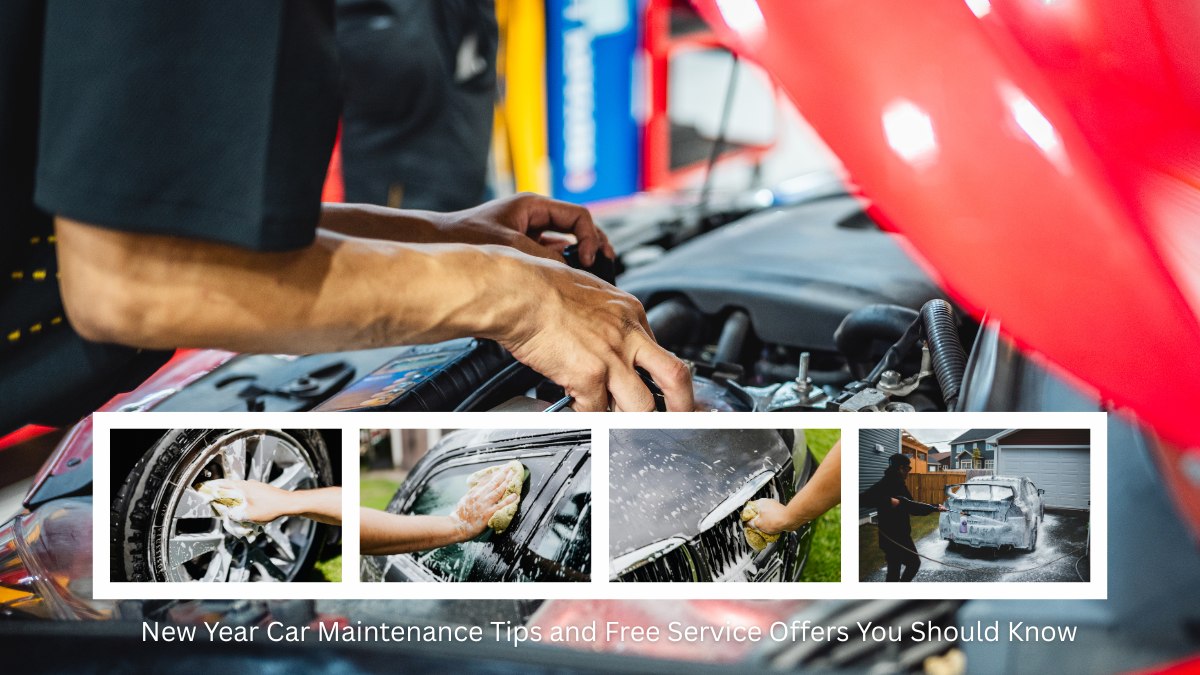Battery Manufacturing and ‘Made in India’ EV Components: 2026 Update
- Cars
- 05 Nov, 2025
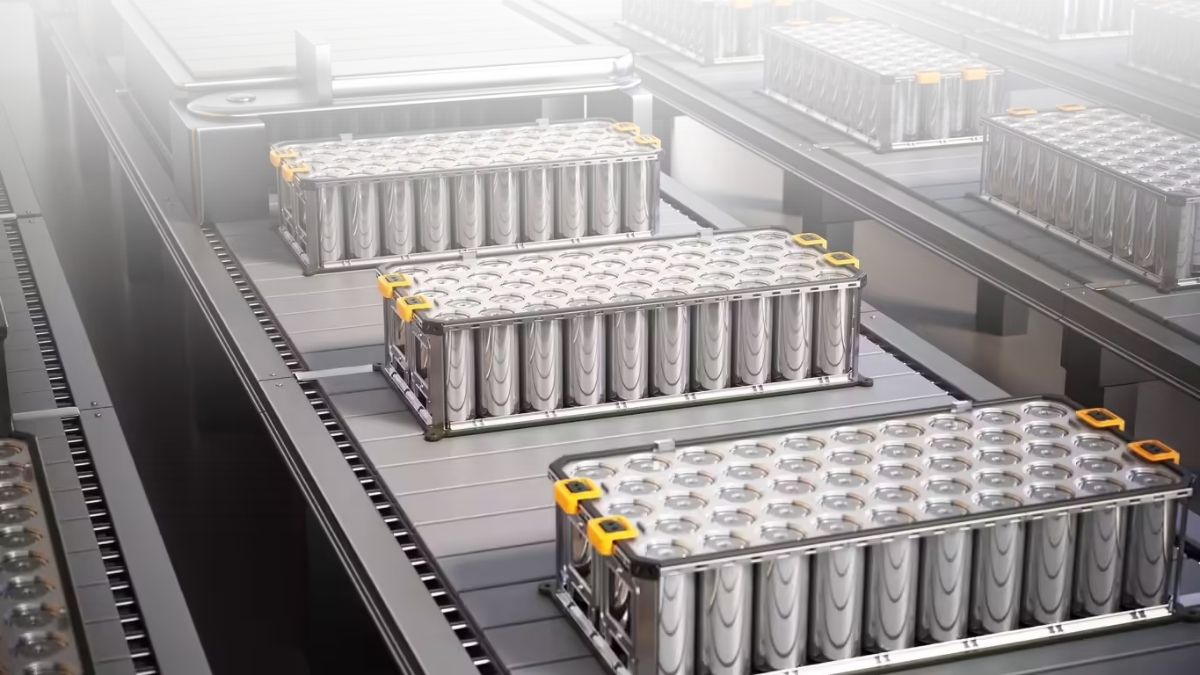
Battery manufacturing is the backbone of the EV ecosystem. In 2026, India is expected to reach a major milestone in domestic battery production. The Production Linked Incentive (PLI) Scheme for Advanced Chemistry Cell (ACC) has already attracted significant investments from leading Indian conglomerates and startups.
Companies like Reliance New Energy, Ola Electric, Amara Raja, and Exide Industries are setting up large-scale Gigafactories across states such as Gujarat, Tamil Nadu, and Telangana. These facilities aim to produce lithium-ion and solid-state batteries with capacities exceeding 100 GWh annually by 2026.
Moreover, India is actively exploring alternative chemistries—such as sodium-ion and zinc-air batteries—to reduce dependency on imported lithium and cobalt. With strategic partnerships forming between Indian firms and global technology providers, the country is steadily building a robust supply chain for EV batteries.
The Rise of ‘Made in India’ EV Components
Beyond batteries, the EV ecosystem relies on components like motors, controllers, chargers, and electronic systems. Until recently, most of these were imported from China, South Korea, and Japan. But by 2026, the scenario is rapidly changing.
India’s manufacturing landscape is being reshaped through localized production of EV powertrains, drivetrains, and electronic control units (ECUs). Leading domestic manufacturers such as Tata Autocomp, Lucas-TVS, and Sona Comstar are partnering with global players to produce indigenously developed EV components that meet international quality standards.
Government policies like FAME II, Make in India, and Atmanirbhar Bharat have further incentivized companies to produce and source locally. The result: reduced costs, improved quality control, and a more secure supply chain for the Indian EV industry.
Government Support and Policy Boost
The Indian government continues to play a crucial role in accelerating this shift. Through initiatives like:
- PLI Scheme for Automobile and Auto Components
- Battery Swapping Policy (2024–2026)
- EV-friendly GST rates (as low as 5%)
- State-level EV policies with investment incentives
…India is building an environment that nurtures innovation and manufacturing growth.
In 2026, several state governments are expected to launch new EV component clusters and research hubs, creating a full-fledged EV manufacturing ecosystem similar to what China and the U.S. have developed over the past decade.
Technological Advancements and Sustainability Goals
One of the defining trends of 2026 is the integration of AI-driven manufacturing, smart robotics, and digital twin technology in battery production. These technologies help reduce production errors, optimize energy consumption, and enhance product quality.
Sustainability is also becoming central to India’s EV mission. Companies are investing in battery recycling and second-life applications, ensuring that end-of-life batteries are reused effectively. By 2026, India aims to recycle up to 30% of used lithium-ion batteries, creating a circular economy within the EV industry.
Why Choose ‘Made in India’ EV Components?
- Quality and Reliability:
Indian manufacturers now follow global ISO and BIS standards, ensuring top-tier quality for domestic and export markets. - Cost Efficiency:
Local manufacturing significantly reduces logistics and import costs, making EVs more affordable for Indian consumers. - Innovation at Home:
Indian startups are leading innovation in battery thermal management, charging infrastructure, and EV software systems—tailored for Indian road and climate conditions. - Sustainability and Self-Reliance:
Choosing Made in India components supports a greener, more self-sufficient economy while reducing carbon footprints. - Job Creation and Economic Growth:
Every new Gigafactory and component unit adds thousands of jobs and boosts local economies.
Conclusion
As 2026 approaches, India’s EV manufacturing revolution is no longer a distant dream—it’s a reality taking shape. The combination of strong government support, private sector investment, and indigenous innovation is making India a global hub for EV batteries and components. With “Made in India” products becoming the new standard in quality and performance, the country is poised to lead the global transition toward sustainable mobility.
The next few years will define not only how India powers its vehicles but also how it powers its economy and environment.
FAQs
1. What is driving India’s growth in EV battery manufacturing?
Government incentives like the PLI Scheme and the growing domestic demand for electric vehicles are the key drivers behind the rapid expansion.
2. Which companies are leading the battery manufacturing sector in India?
Major players include Reliance New Energy, Ola Electric, Exide, and Amara Raja, among others.
3. Are Made in India EV components cost-effective?
Yes, local production lowers import dependency and transportation costs, making EVs more affordable.
4. What battery types are being developed in India?
While lithium-ion remains dominant, India is also exploring sodium-ion and solid-state batteries for better sustainability.
5. How does this development benefit the Indian economy?
It promotes job creation, technology transfer, and reduced import bills, strengthening India’s overall industrial base.
Latest Car News
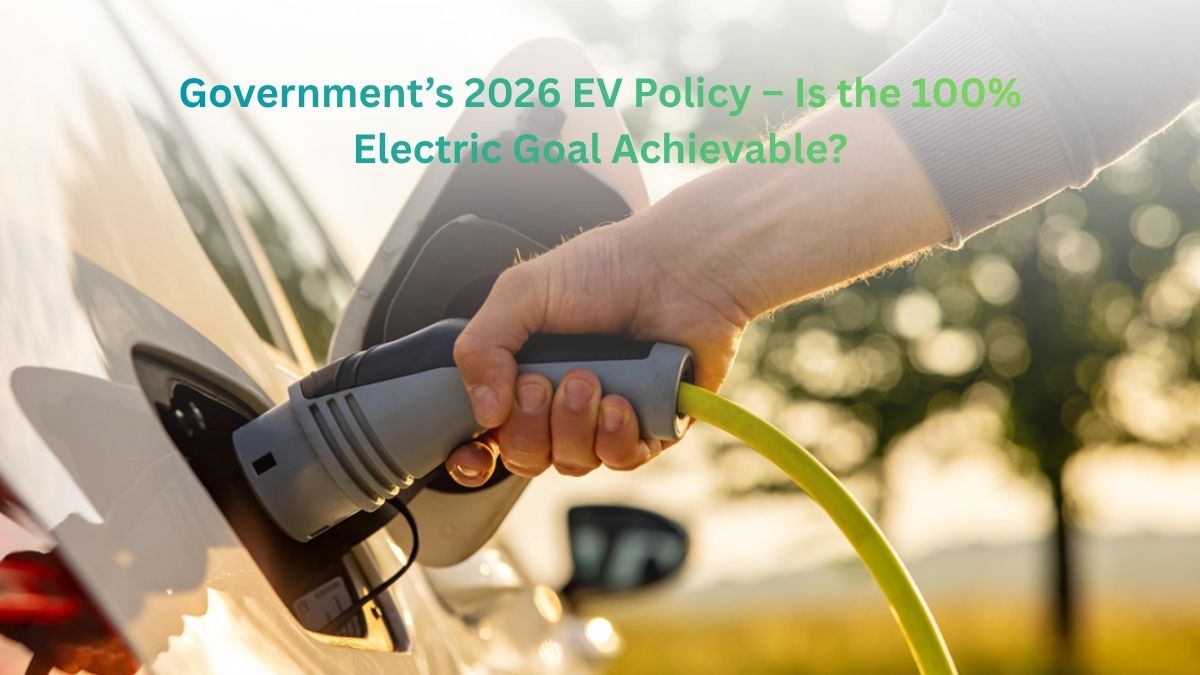

Battery Manufacturing and ‘Made in India’ EV Components: 2026 Update

Best Winter Tyres for Indian Roads
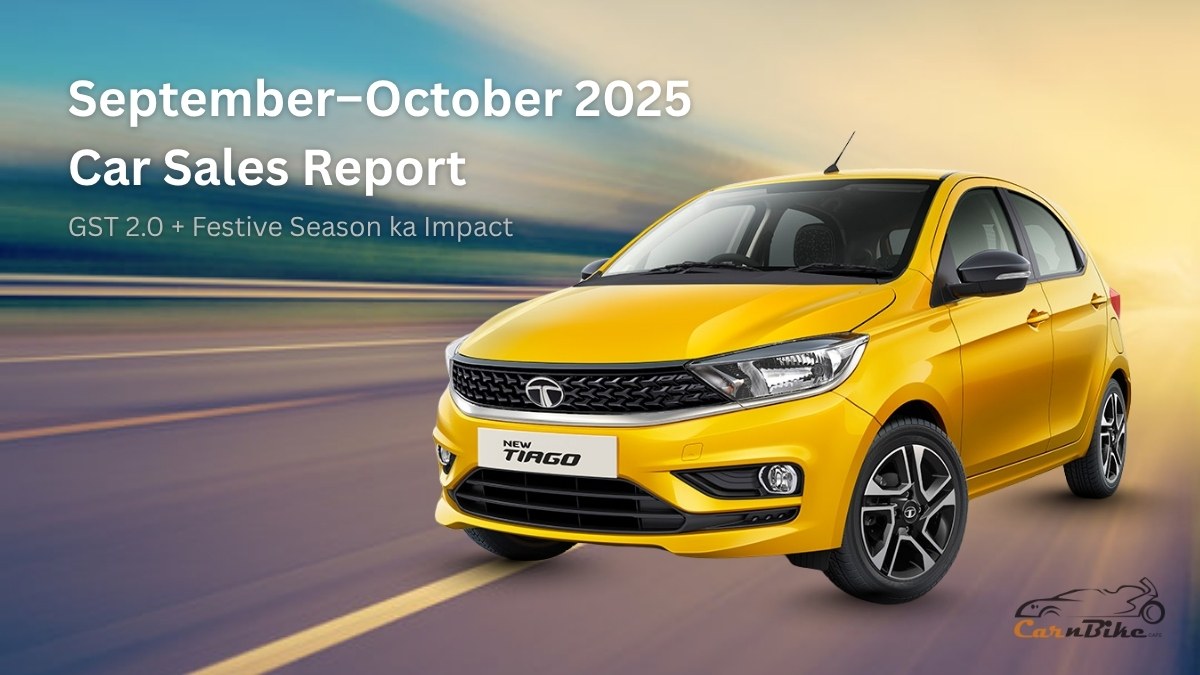
September–October 2025 Car Sales Report: GST 2.0 + Festive Season ka Impact

Top 10 Best-Selling Cars of October 2025 — Detailed List and Insights

Tata Motors Secures Second Spot in October 2025 Car Sales — Detailed Report

Maruti Suzuki Breaks Records: 2.2 Lakh Units Sold in October 2025

October 2025 Car Sales Report: India’s Festive Boom Drives Record Numbers

Car Technology Trends to Watch in 2026
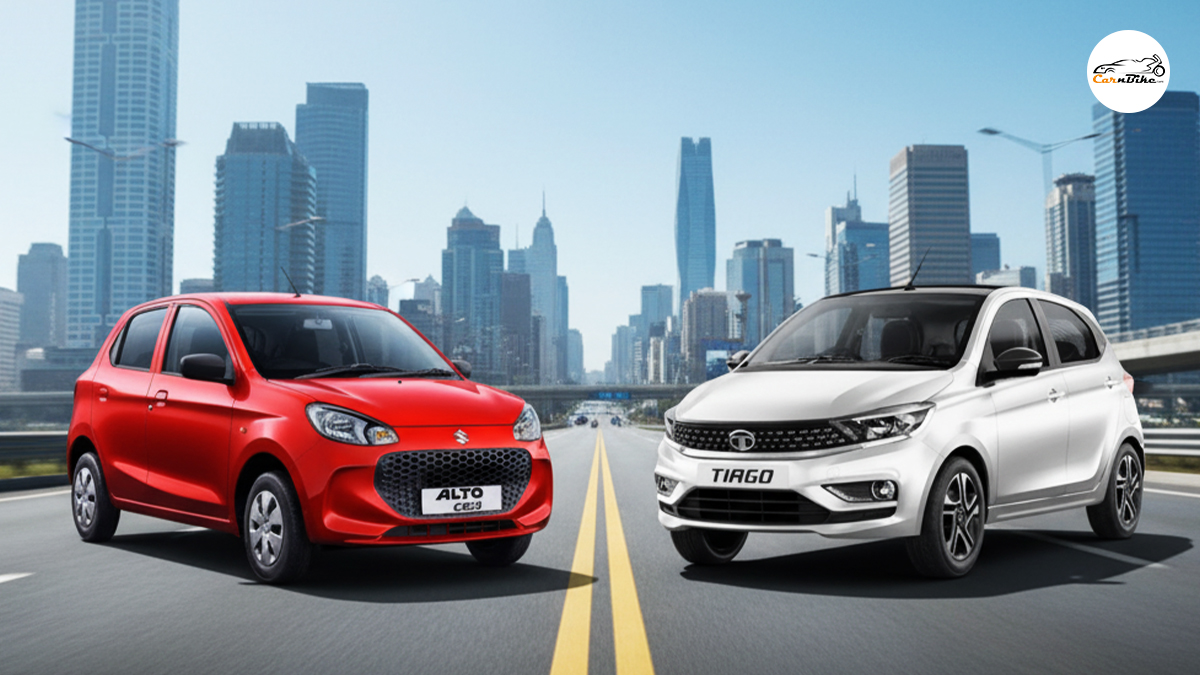
Budget Hatchbacks With Best Mileage in 2026

How to Get Maximum Benefit from New Year Car Exchange Offers
